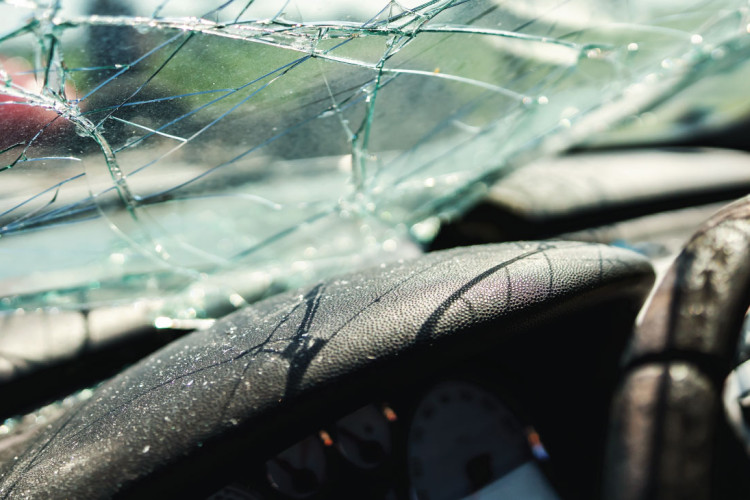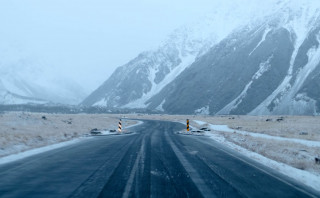How to drive on snow or ice
There’s something beautiful about the pureness of a blanket of white. When the snow descends and you awake to a magical new world, it’s like a blanket of calm has gently drifted down over you. There’s snow angels to be made. Snowmen to be made. Yellow slushies…..ok - you can forget them.
Everything seems new, fresh and...just a little better. Then you realise you have to leave home. Which means driving. Driving in snow. Driving on ice.
So how do you do it? The first step is to be prepared.
Before hitting the road
Plan the route
It’s worth checking if there’s an easier, albeit longer route, to where you need to get to. Some roads are notoriously bad in snow/ice and if they can be avoided it might very well be worth doing just that. Also, why not allow yourself a little extra time.
Check the conditions
Make sure you know what Mother Nature has in store for you. Whilst the forecast isn’t always right (honestly) it’s still worth checking so you know what to expect.
Clear all snow from the car.
Mirrors, windows, roof etc should all be clear of snow. As tempting as it is to drive off with the roof covered in a thick blanket of snow...the car behind you may not appreciate it. Especially if that car is equipped with lights and sirens.
Add antifreeze to screenwash.
It’s tempting to squirt the windscreen to try and clean it. But if the temperature is freezing you might just add a layer of ice to your windscreen. Get around that by topping up your screenwash with some antifreeze.
Check the fuel level.
Running out of fuel is something you want to avoid anyhow, but in bad weather it goes from inconvenient to hazardous.
Check your gear.
If you’re serious about getting somewhere in snow and you’ve packed snow chains, just make sure you’ve packed gloves as well. Try fitting snow chains without gloves once and you probably won’t forget them next time.
Keep your sunnies handy.
The low-lying sun of winter can be a pain in the...eyes. Especially when it reflects off the snow. A nice pair of polarised sunnies will help out. If you don’t have polarised sunnies then consider investing in them. They reduce the glare and sun haze.
Stock up your emergency kit.
Be a good Boy Scout and be prepared. A high vis vest, warning triangle and first aid kit are musts. It won’t hurt to make sure you also have some provisions to keep yourself watered, and fed, and of course enough clothing to keep you warm should the worst happen. A torch and some batteries could be a good idea too.
Fully Charged Mobile Phone.
We all have them so may as well make sure it’s full of juice in case of an emergency.
Make sure you can see.
Check the windows are fully demisted before you go.
Now you’re all prepared. It’s time to turn the key and hit the road.
Driving on Snow & Ice
Pull away in second gear.
A nice, slow start helps maintain control and reduce the possibility of wheel spin. If you have a manual transmission car, pull away in second gear. Some vehicles will have a ‘winter’ or ‘snow’ button which can be used. It’ll likely do the same thing (their function can vary a bit).
Increase braking distance.
As you’d expect, it takes longer to stop in snow/ice. Keeping a greater distance between yourself and the car in front is a good, safe move. Indeed, you might want to leave up to 10 times the normal braking distance.
Going downhill.
Try not to hit the brakes and let the engine braking slow you down. Leave plenty of distance between you and the car in front and keep your vehicle in a low gear.
Braking.
Gently does it. A sharp tap of the brakes could result in a loss of traction. The idea is to drive so smoothly you don’t need to rely on your brakes.
Cornering.
Start to brake and/or ease of the accelerator before you start to turn the steering wheel for a corner. If you lose traction, try not to panic, take your foot off the accelerator completely and keep your tyres pointed in the direction you want to head in.
If it’s snowing.
Drive cautiously and keep your lights on.
Steer into the skid.
It’s easy to say but it needs saying all the same... try not to panic if you start to skid. Keep your hands on the steering wheel and steer into the skid. So, if the rear of your vehicle is sliding out to the left then you steer to the left. If you start to slide to the right, steer to the right.
Pick your path.
Compacted frozen snow is more slippery than fresh snow, so be aware of this when driving in the tracks of other vehicles in very cold temperatures. But if the temperature is a bit warmer and the snow in others’ road ruts is thawing, then you’ll get more grip by following where other vehicles have been.
Take extreme care around other vehicles.
Just because they can see you and you have the right of way, doesn’t mean they can stop for you. Be aware of oncoming vehicles and be prepared to get out of their way.
Don’t speed.
It’s obvious but people still do it. Please don’t speed.
Now...to something slightly contentious. You may have been driving along in snow and seen some 4WD come hurtling past. If you have a 4WD, don’t kid yourself. Snow and ice are still a problem. You still need to be careful.
Overall, driving on snow/ice means be careful, be cautious and a bit slower. Of course, if you don’t have to drive in bad conditions, then don’t. But if you do, then be careful.
Drive safe. Stay safe.
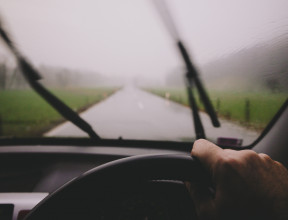
Improve your chances with a set of new tyres.
They'll grip the road better all the time, not just on snow and ice.
-
Topics:
- Road Safety
More tips and articles
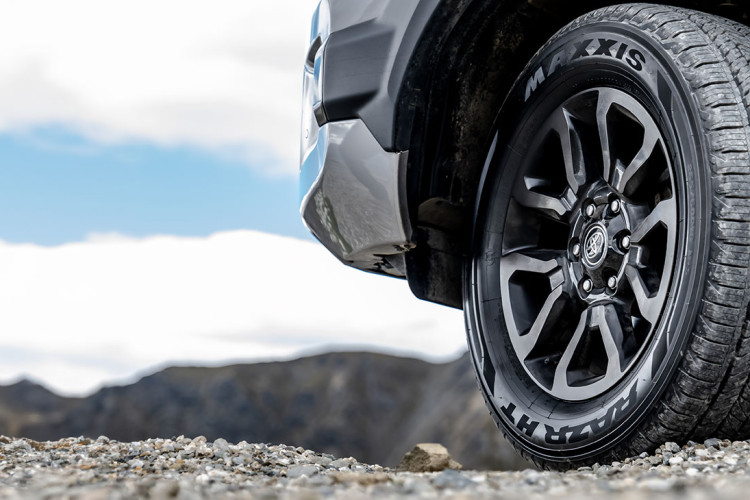
Product Spotlight:
Maxxis HT780 RAZR HT
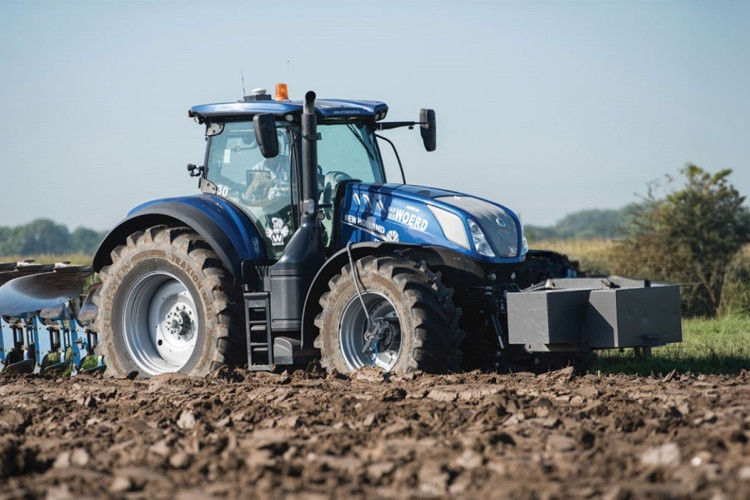
Understand the link between traction and compaction
